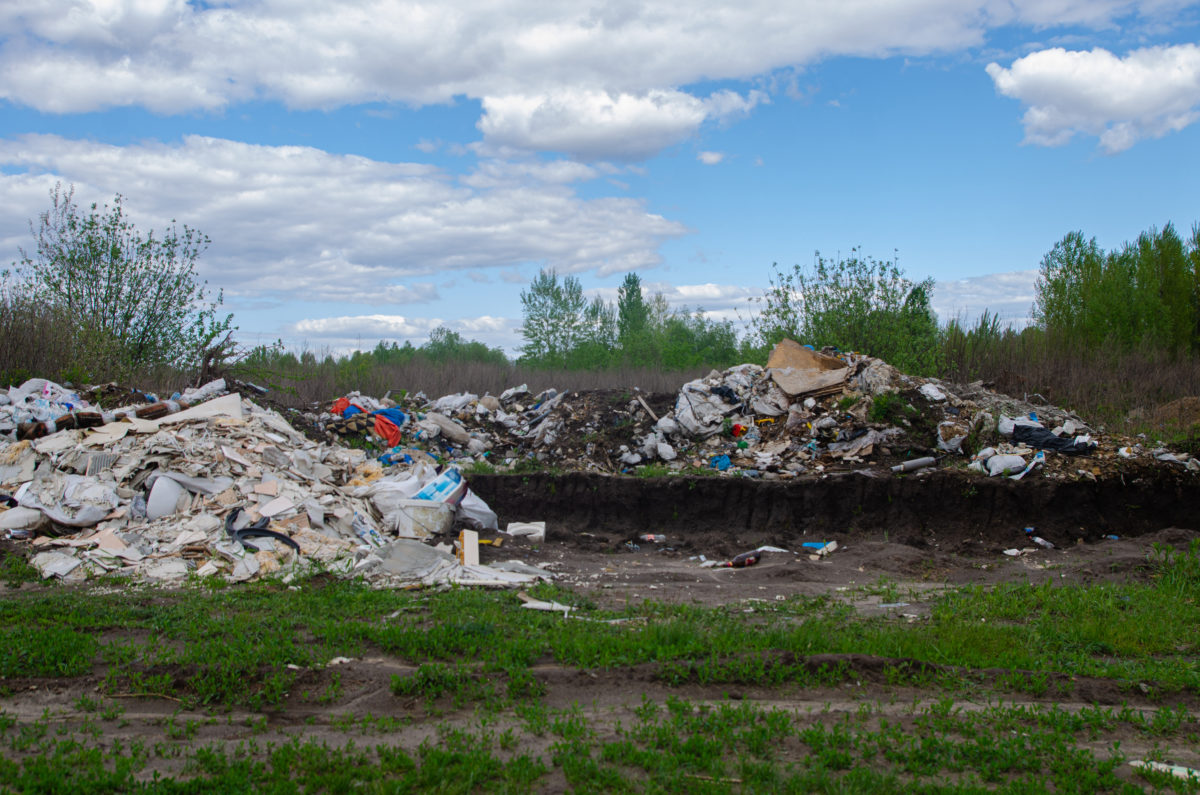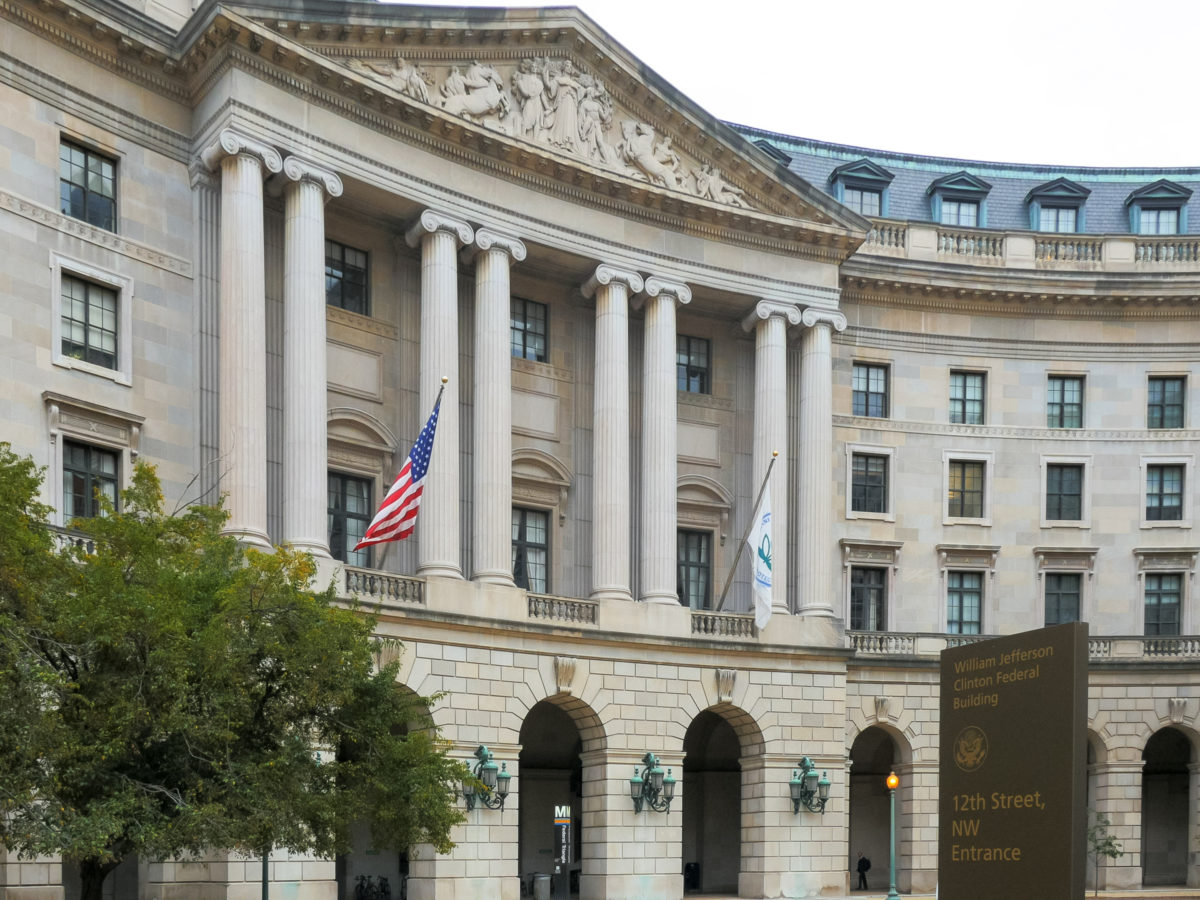Cleaning up contaminated property comes with its own set of special obligations and, remarkably enough, special benefits. With tax season fast approaching, careful consideration and creative accounting of remediation costs may offer some unexpected relief.
A. THE BASICS… DEDUCTIBLE VS. CAPITAL EXPENSE
The IRS, through relevant revenue code sections, generally strives to match expenses with the revenues of the taxable period to which the expenses are properly attributable. This process requires that distinctions be made between capital expenditures and ordinary expenditures.
Section 162 allows for the deduction of repair and maintenance costs associated with ordinary and necessary business expenses. Treasury regulations allow for deductions of incidental repairs which neither materially add to the value of the property nor appreciably prolong its life, but rather keep it at an ordinarily efficient operating condition. However, repairs in the nature of replacements, to the extent that they stop deterioration and appreciably prolong the life of property, should be capitalized.
To be considered ordinary and necessary expenses under section 162, the costs must be: (1) paid or incurred during the taxable year, (2) for the purposes of carrying out a trade or business, (3) an expense, (4) necessary, and (5) ordinary. An expense has been held to be “necessary” when appropriate and helpful for development of the business and “ordinary” when related to a transaction of common and frequent occurrence or accepted in the trade or business.
Section 263, on the other hand, limits deductions for repairs by defining capital expenditures. An expenditure should be capitalized if it: (a) materially increases the value of the property, comparing the value of the asset before the condition necessitating the expense arose with the value of the asset after remediation, or (b) substantially prolongs the useful life of the property beyond the taxable year, or (c) is incurred to adapt the property to a new or different use, after consideration of its original intended use, the degree of change and the intent in making the expenditure.
B. SO WHERE DO ENVIRONMENTAL REMEDIATION COSTS FIT IN?
The IRS has declined to provide specific guidance as to the deductibility of particular environmental remediation costs although for a brief time, it did allow taxpayers to request a letter ruling on the deductibility of an environmental expense. Unfortunately, that procedure was a pilot program that has since expired. Now, we are left with revenue rulings and court decisions contradicting one another, leaving taxpayers without a clear answer on how to characterize environmental remediation expenditures.
Environmental costs are generally considered to be common, appropriate, and helpful since they often satisfy a liability of the business. Therefore, for remediation of contamination that the taxpayer caused on its site or the property of another, the costs are generally deductible given that remediation costs do not increase the property’s value and are necessarily and ordinarily incurred while carrying on the taxpayer’s business. When, however, the remediation costs are incurred by way of a general plan that ultimately increases the property’s value, the costs may be required to be capitalized under section 263.
Historically, the IRS has taken may approaches in reviewing the deductibility of environmental remediation costs, many of which are inconsistent. Here are a few examples:
Soil and Ground Water
Soil and groundwater remediation costs are deductible if the taxpayer purchased the property as uncontaminated and the land was subsequently contaminated by virtue of taxpayer’s business operations on the property. In this circumstance, the soil remediation and the operation and maintenance of groundwater treatment systems represent ordinary and necessary expenses incurred in the course of the taxpayer’s business. It should be noted, however, that the costs of the equipment associated with the groundwater treatment system may need to be capitalized.
Underground Storage Tank
Costs incurred to remove and replace underground storage tanks are capital expenditures under section 263. However, in cases where the tanks will not be replaced, and the costs are incurred by the taxpayer who caused the contamination, the costs to remove underground storage tanks and remediate the soil are deductible under section 162. This does not apply in cases where the costs are incurred to adapt the property to a new or different use.
Once again, the equipment costs associated with the installation of monitoring systems, wells, or other machinery associated with the remediation and clean-up of the contaminated area, generally must be capitalized and depreciated.
PCBs
PCB soil excavations must be capitalized when the cleanup resulted from the decision to forego annual maintenance. Under the view of the IRS, the replacement soil increases the value of the property, since it prevents the occurrence of additional government penalties and liabilities, makes the property safer for workers, and increases the property’s marketability.
C. WHAT YOU REASONABLY SHOULD NOT HAVE KNOWN MAY HELP YOU.
Expenditures made to cure defects or remedy situations that, by the exercise of diligence and prudence appropriate to the circumstances would not have been discovered at the time of the acquisition, should be deducted as expenses, assuming all other criteria are met; otherwise, expenses that could have been reasonably discovered may require capitalization.
Given Connecticut’s current program which requires due diligence when acquiring potentially contaminated property, it is unlikely that a taxpayer will be able to deduct remediation costs associated with contamination existing onsite, but unknown, at the time of purchase. However, environmental consultants sometimes, despite their best efforts, do not find all contamination, and therefore, the exercise of reasonable due diligence may save the deduction.
D. AND WHAT ABOUT THE BROWNFIELDS TAX INCENTIVE?
First enacted by the Tax Relief Act of August 1997, and subsequently codified as § 198(a) of the Internal Revenue Code, the Brownfields Tax Incentive allows for an immediate tax advantage for remediation expenses, helping to offset short-term cleanup costs. Qualification for the tax incentive requires the taxpayer incurring eligible expenses and holding property for use in a trade or business or for the production of income to demonstrate that there has been a release or threat of release or disposal of a hazardous substance at the property by obtaining and submitting a statement from CT DEP confirming the release or threat of release. The Brownfields Tax Incentive allows the same property owners to expense such costs even if they are changing the use.
The Brownfield Tax Incentive was most recently extended on December 17, 2010 by the “Tax Relief, Unemployment Insurance Reauthorization, and Job Creation Act of 2010.” As a result, eligible costs paid or incurred through December 31, 2011 may qualify for the deduction, although the IRS has declined to publish regulations identifying specific eligible environmental expenses.
E. BOTTOM LINE
The IRS has made it a difficult task to expense environmental remediation costs. Revenue rulings have wavered on their treatment of remediation costs and it is important that each situation must be evaluated independently. There are many effective strategies for minimizing, or at least spreading out, environmental expenditures needed to comply with government mandates. Recording Environmental Land Use Restrictions, selecting natural attenuation as a remedial option when appropriate, or negotiating favorable contract terms are several obvious strategies that come to mind. Just don’t forget that good tax planning can also help. Talk to your tax advisor.
Jacobi & Case, P.C. is not in the practice of tax law. This article provides a general and cursory review of the status of environmental remediation costs and does not address all issues associated with expensing environmental remediation costs nor does it purport to provide advice regarding specific situations of individual taxpayers. The information contained in this article should not be relied upon when preparing income tax returns, but instead should be used as a tool to facilitate conversation between the reader and his client or tax advisor. The reader should consult with an attorney or tax advisor about their particular circumstances.
IRS Circular 230 disclosure: To ensure compliance with requirements imposed by the IRS, we inform you that any tax advice contained in this communication (including any attachments) was not intended or written to be used, and cannot be used, for the purpose of (i) avoiding tax-related penalties under the Internal Revenue Code or (ii) promoting, marketing or recommending to another party any matters addressed herein.












